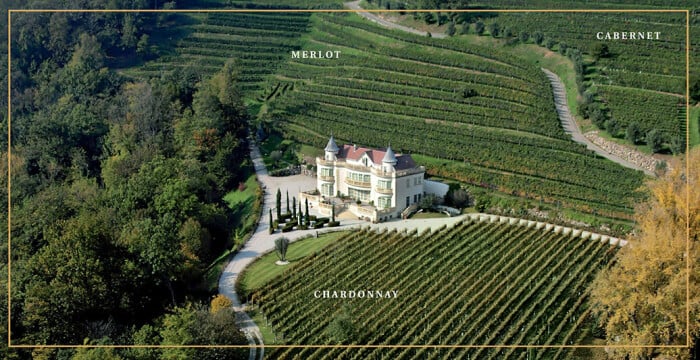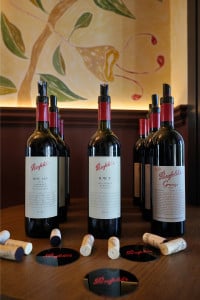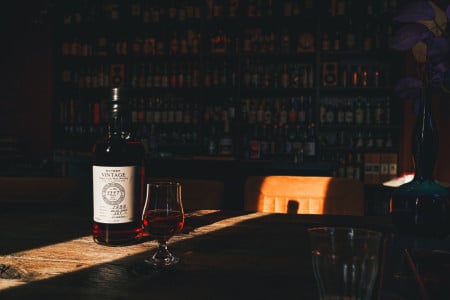When you think of Switzerland, you often think of the beautiful mountains, skiing holidays and cheese fondue, but probably not of the excellent wines that come from there. For a long time, Swiss wines have stayed under the radar of the general public. One reason for this is that almost all wine stays within the country and is consumed domestically, and only 1% is exported. This is now changing, which is a good thing, because Switzerland produces wines with a very own style and of high quality. That is why these wines will now play a greater role in our selection. Want to know more about Switzerland as a wine country? In this blog you can read everything there is to know about the viticulture in this beautiful country and you will get to know Castello Luigi, our new Swiss winery at Best of Wines.


Wine
Explore more
Types of wine
Grapes
Countries
Champagne
Explore more
Whisky
Explore more
Types of Whisky
Whisky brands
Countries
Spirits
Explore more
Spirit brands
Rum
Explore more
Rum brands
Sale
Blog
About




